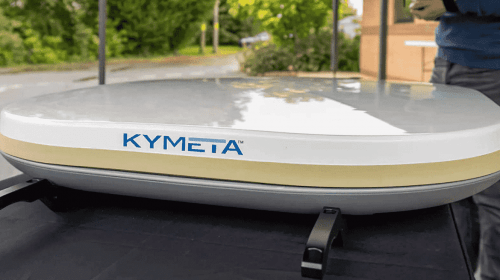NASA launched a Soil Moisture Active Passive (SMAP) satellite on Jan. 31 aboard a United Launch Alliance Delta II rocket from California’s Vandenberg Air Force Base.
NASA launches satellite to monitor soil conditions
NASA launched a Soil Moisture Active Passive (SMAP) satellite on Jan. 31 aboard a United Launch Alliance Delta II rocket from California’s Vandenberg Air Force Base.
The SMAP satellite is designed to measure the moisture of the Earth’s soil more accurately than ever before, according to NASA.
NASA says the technology will significantly improve the way scientists are able to monitor drought conditions throughout the world.
Data gathered from the satellite would assist scientists in creating weather models, learn more about drought conditions and even predict floods.
“What the soil measurements will do is improve our weather forecasts, improve our assessments of water availability and also address some issues dealing with long-term climate variability and assessments of the impact of human intervention in the global environment,” said Dara Entekhabi, SMAP science team leader. “All of these come together and it’s the metabolism, how it responds, just like a human body.”
The SMAP probe is equipped with a large mesh antenna measuring 20 feet. The antenna is designed to spin at 14.6 revolutions per minute while mounted to an arm on the satellite.
NASA plans to push the satellite into a near-polar, sun synchronous orbit to provide comprehensive coverage of the Earth’s surface.
The “Active Passive” part of the satellite’s name comes from an instrument that actively emits signals in a microwave frequency range that measure backscatter. A passive radiometer also measures the Earth’s naturally emitted microwave signals. Variations in these signals will give scientists insights into changes in soil moisture.





